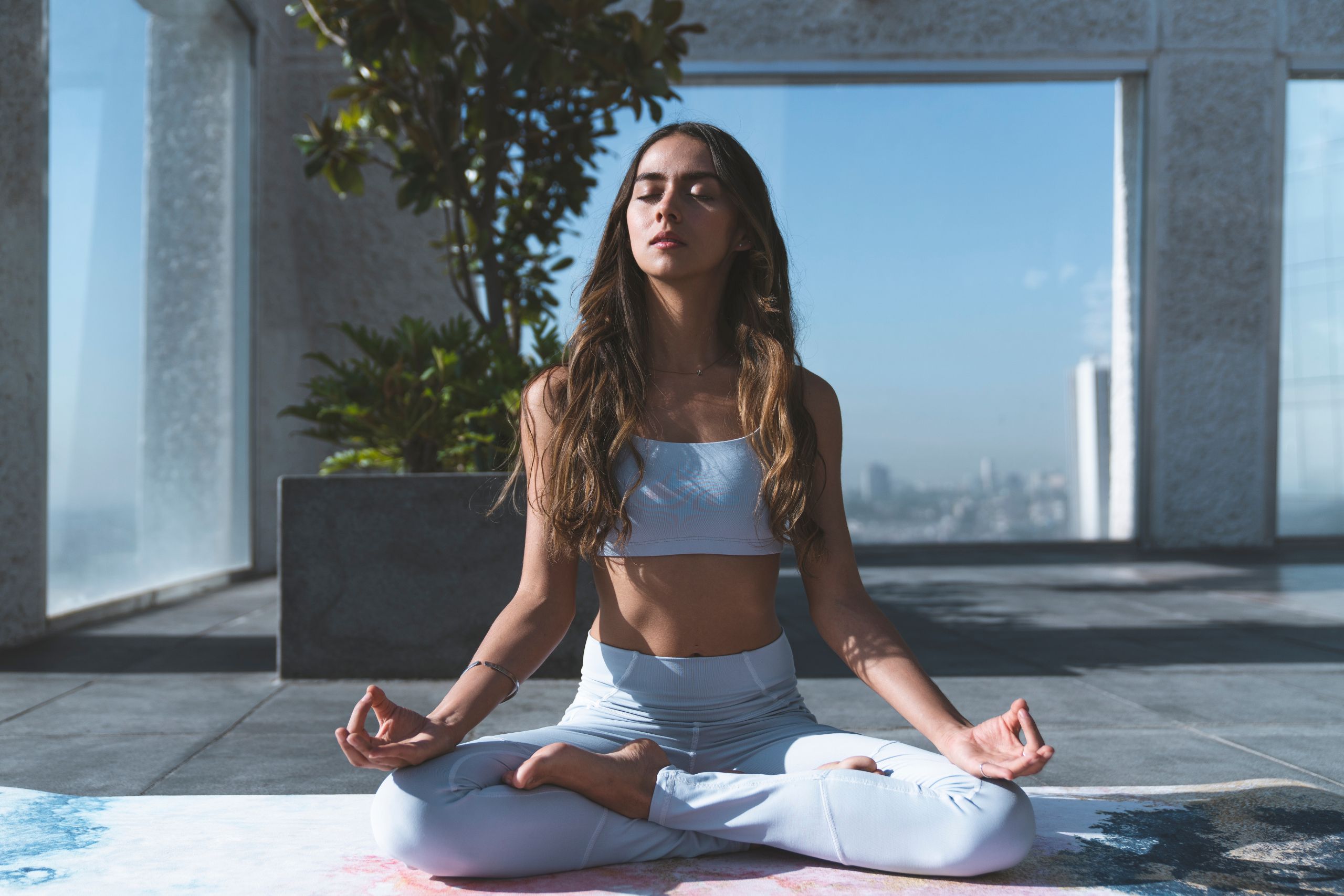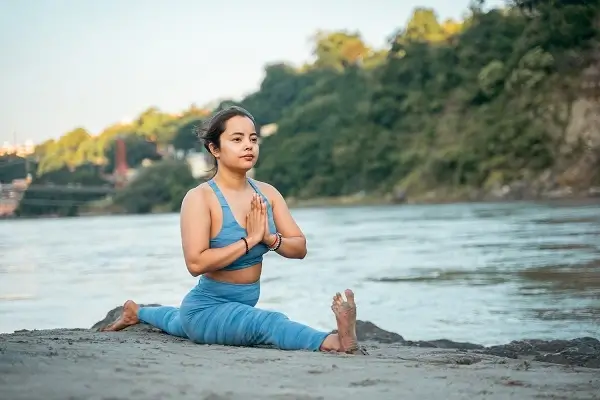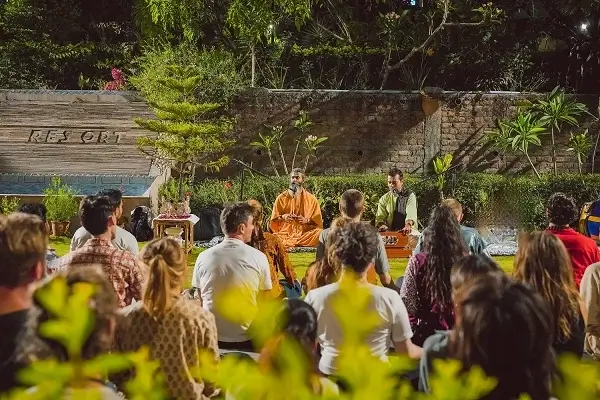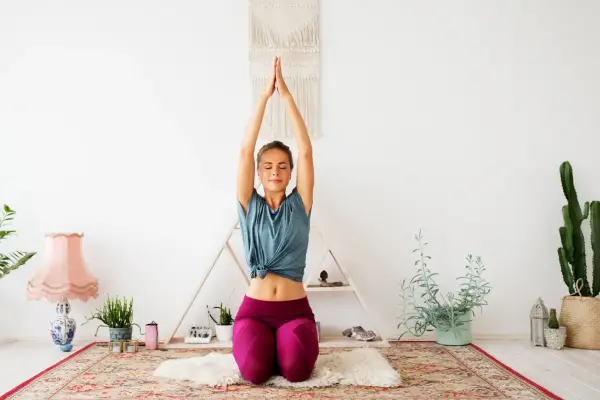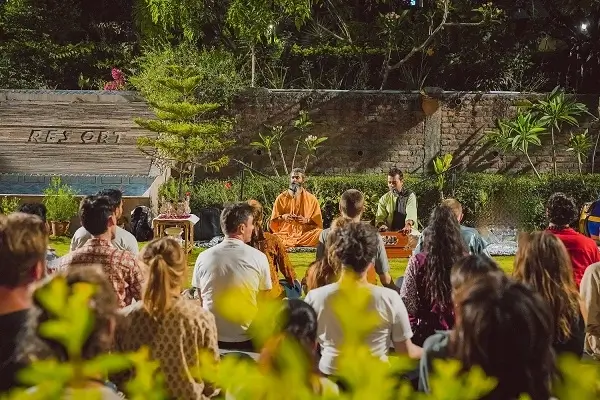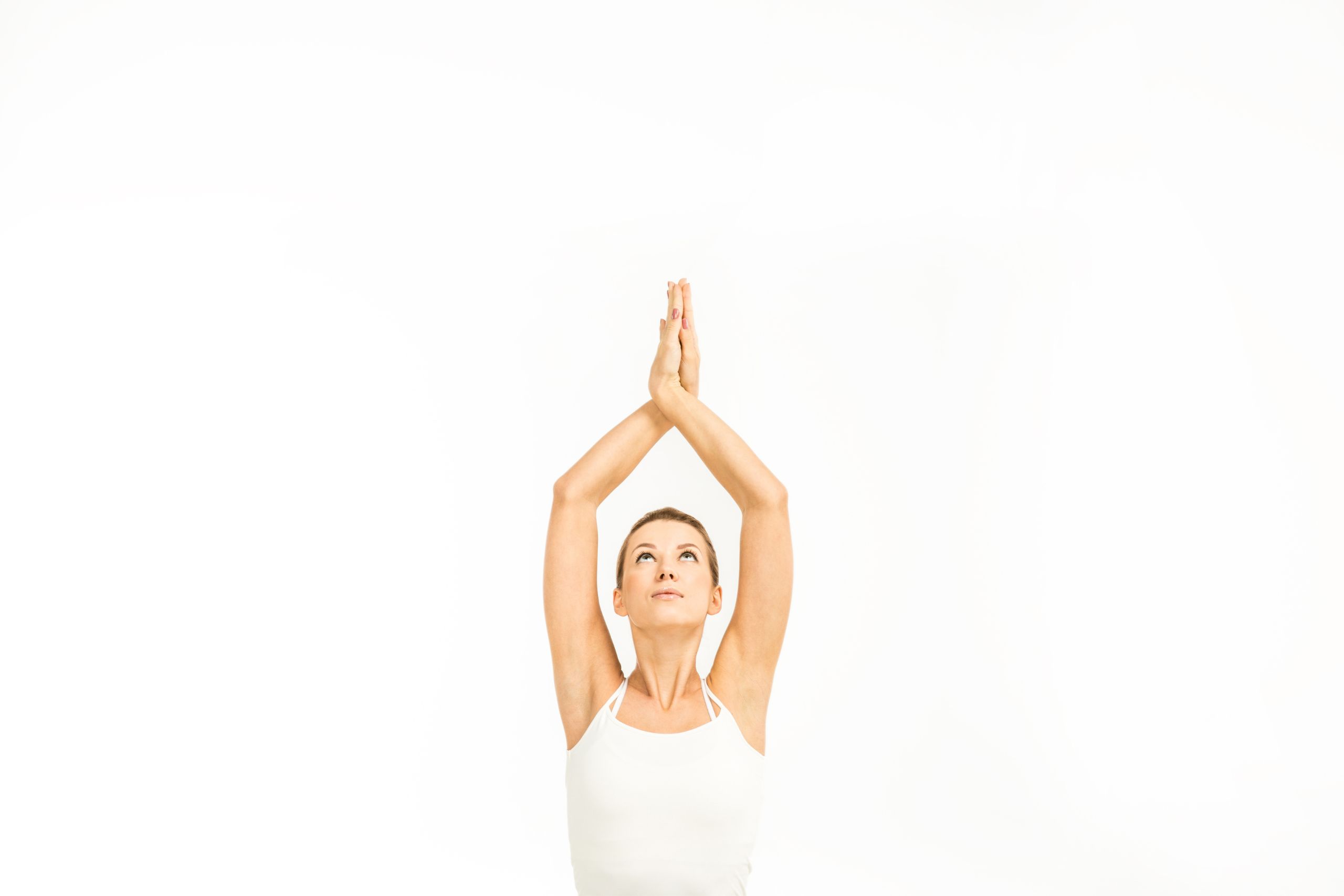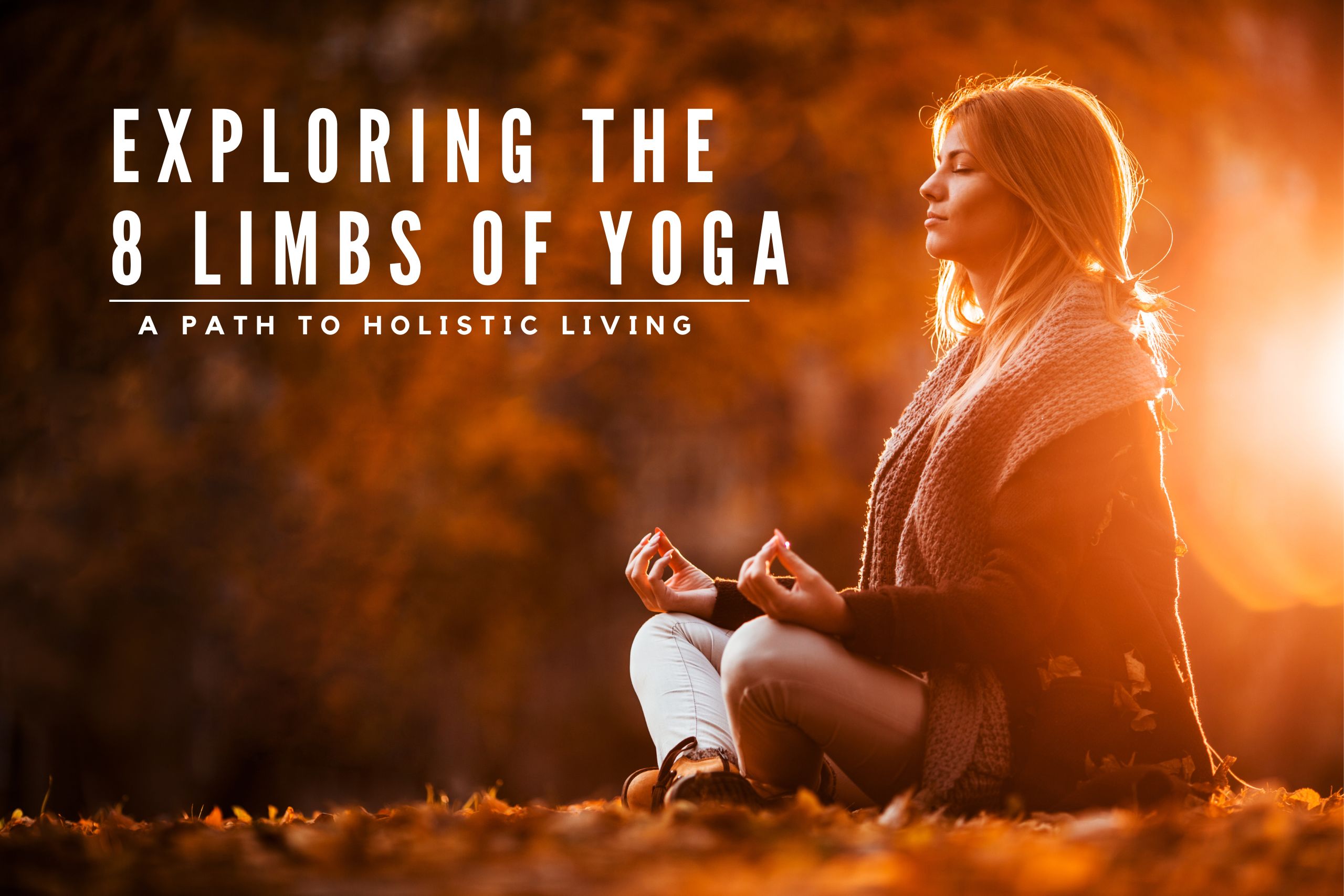Yoga Nidra Vs Meditation: Main Differences and Benefits
Table of Contents
- 1. What is Meditation?
- 2. Types of Meditation Practices
- 2.1. Japa Meditation
- 2.2.
- 2.3. Visualization
- 2.4.
- 3. What is Yoga Nidra?
- 4. Yoga Nidra Vs Meditation - Key Differences
- 4.1. Posture
- 4.2. Guidance
- 4.3. Process
- 4.4. Purpose
- 4.5. Intensity
- 5. Similarities And Benefits of Yoga Nidra and Meditation
- 6. Which One Is Better - Yoga Nidra or Meditation?
What is Meditation?
Yoga nidra vs meditation, which practice is beneficial for us? Let us understand the uniqueness of both practices.
A connection is formed during meditation between the higher regions of the mind and the field of consciousness. One can experience it on their own, but due to the current extroverted lifestyle, one is unable to do so. People live in a constant state of stress and anxiety because they are unaware of their true nature. Removing our attention from distractions, even for a short period, is one of the goals of meditation. It helps one to see the significance of the subjective experience and the fundamental nature of the existence.
Maharishi Patanjali defines meditation as “tatra pratyayaikatānatā dhyānam” meaning an “unbroken continuous flow of knowledge of the object on which one is concentrating is called meditation or dhyana”
Dhyana is the seventh limb of the Eight Limbs of Yoga which helps one to reach the goal of yoga Samadhi.
These higher vibrations can occasionally be experienced in the form of intuition, inspiration, creative enlightenment, etc. Normally, due to the complicated nature of our brains, we are ignorant of these vibrations, truths, and higher knowledge.
Types of Meditation Practices
Japa Meditation
Mantras are used in japa meditation to help focus and calm the mind. A mantra is a single sound, or phrase that is repeated aloud or silently. A mantra creates a positive vibration consciousness of man. While performing the japa meditation the mind becomes focused and relaxed which increases the efficiency of the physical and mental states of man.
The cosmic sound of AUM is the most widely recognized. Japa meditation serves to reach enlightenment, and the ultimate aim of the yogic path—unity with the Absolute Reality. A japa-mala, with 108 beads is used to perform japa meditation. Sometimes, smaller bead strings are also utilized.
Visualization
This is the most common type of meditation practice. The mind does not tend to focus deeply on any one idea. The surroundings or other external objects are invisible to the mind when it is focused on one object. Focused thinking has more power; it may enhance perception and reveal more of the underlying truths behind events. When one immerses oneself completely in an activity, one eventually reaches a condition of peace. When it comes to meditation, concentration is vital because it keeps the mind from racing in all directions.
One may choose to concentrate on any object such as the idol of a deity, colors, shapes, the moon, candle still, etc. Another form of visualisation is guided imagery which also helps to promote relaxation. It entails focusing on a peaceful event or scene such as a forest beach or meadow. The teacher may direct instructions to the student accordingly.
Join - 200-Hour Meditation Teacher Training in India
What is Yoga Nidra?
Yoga Nidra refers to yogic sleep. It is the space where the awareness of oneself and the higher consciousness meet. In the beginning, the student may require a speaker to direct the instructions. Practicing yoga nidra just before sleep helps to have a sound sleep and wake up refreshed and energized.
To practice yoga nidra lie down in Savasana. The arms should be held close to the body with the palms facing up, the legs slightly apart, and the head and torso in line. Stay still as you practice. Clothing should be loose and the body should be at ease. The eyes must be closed the entire time and the stomach must not be full.
The stages of Yoga Nidra are as follows:
-
Set an intention
-
Remain aware of your breath
-
The mind should navigate between the centers of the body. It is best to keep the body's components in the same order since the subconscious adapts to it.
-
Notice the sensations of pain, pleasure, hot or cold.
-
It's possible to experience sensations and visions when the appropriate areas are touched.
-
Repeat the Sankalpa once again
-
Gradually return to the normal state and begin to move your limbs.
Yoga Nidra Vs Meditation - Key Differences
Posture
Meditation: Meditation may be practiced in various postures like seated, lying down, standing or even walking.
Yoga Nidra: Yoga Nidra is performed in the pose of Savasana, which involves lying on your back with as much support and as many comforts as necessary.
Guidance
Meditation: Meditation may be performed with or without guidance. In meditation, usually one focuses their attention on an anchor, which may be the breath, a mantra, a candle, etc. A large portion of the exercise is self-guided to turn the attention within. It might take years to become proficient at this since it can be quite difficult.
Yoga Nidra: A yoga nidra practice is conducted by instructors or recordings. The yoga instructor will lead you through several phases of relaxation. When a practitioner has expertise, one may attempt to practice alone.
Process
Meditation: Meditation usually uses one object as the center of concentration.
Yoga Nidra: Yoga Nidra is a multi-step process where one can travel through numerous layers or koshas to realize the true essence.
Purpose
Meditation: Depending on the type there might be a range of objectives. The purpose might be to create a certain quality of mind, attain peace, or even build a connection with the higher consciousness to grow spiritually.
Yoga Nidra: Yoga Nidra acts as a restorative sleep that aims to attain profound relaxation while fostering self-awareness. It leads to renewal and recovery.
Intensity
Meditation: Meditation requires work, and dedication, and is an active mind training technique. One must learn to concentrate to enter a receptive stage.
Yoga Nidra: Yoga Nidra is far less rigorous. It uses relaxing postures to assist the mind let go and naturally drifting into a deep level of relaxation.
Similarities And Benefits of Yoga Nidra and Meditation
While assessing the contrast between yoga nidra vs meditation, a few qualities of meditation and yoga nidra are comparable.
-
Promote stillness
-
Improved sleep
-
Manage chronic pain
-
Helps to overcome insomnia
-
Uses focused breathing and affirmations to alter the states of consciousness
-
Clear the negative automatic thoughts and maintain a positive outlook
-
Boosts emotional stability and mental resilience
-
Improved focus and attention
-
Enhance self-awareness and foster personal development
Also read: Meditation for Sleep: Complete Guide for Wholesome Living
Which One Is Better - Yoga Nidra or Meditation?
The question comes down to yoga nidra vs meditation, which one is more suitable? Yoga Nidra was practiced as a separate discipline hundreds of years ago till the present day. The variable in meditation which is sankalpa, has deep roots in a wide range of lineages. For instance, transcendental meditation, mindfulness meditation, mantra meditation, etc. Both of these disciplines are vital for maintaining the equilibrium of the body, mind, and spirit.
Our ability to perform daily work depends a lot on our well-being. If our inner being is not balanced then the interaction with our external environment cannot be harmonious. They are frequently used as stress-reduction techniques. Each practice leads to a distinct level of awareness. One may choose to perform them as per their set intention, purpose, and objective.
One may also reap the amazing advantages of yoga nidra and meditation by incorporating both practices into everyday routine. Starting with Yoga Nidra while lying down and working your way up to sitting meditation can be an effective approach to shift from a state of deep relaxation to a transcendental one.
